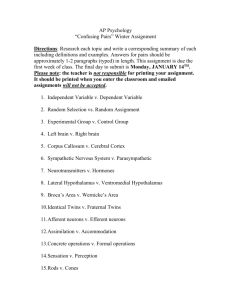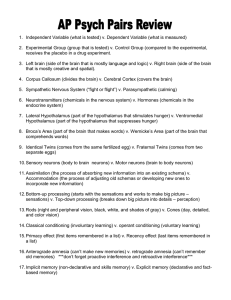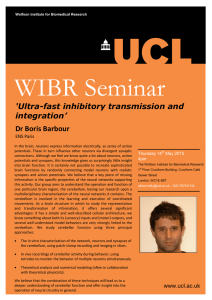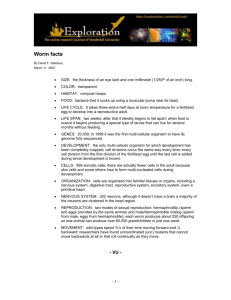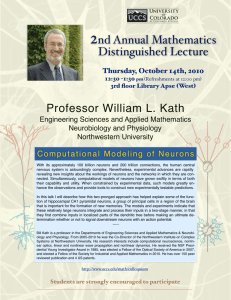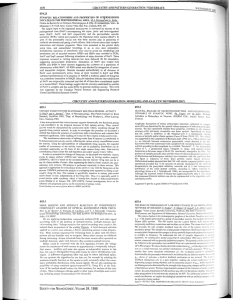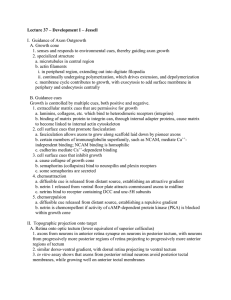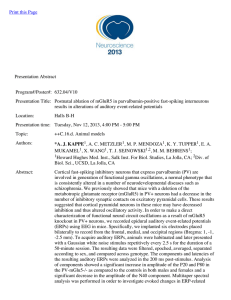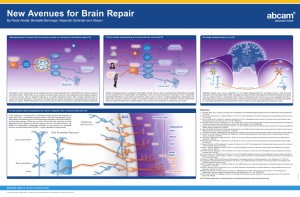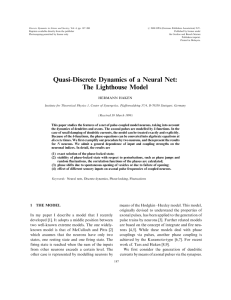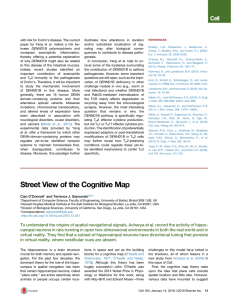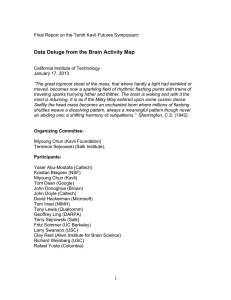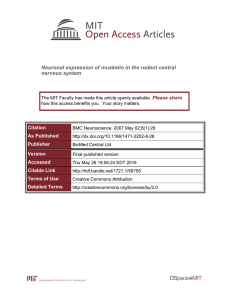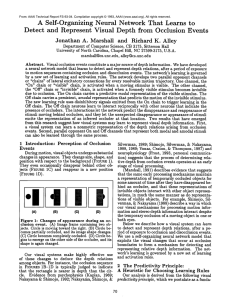Confusing Pairs
advertisement
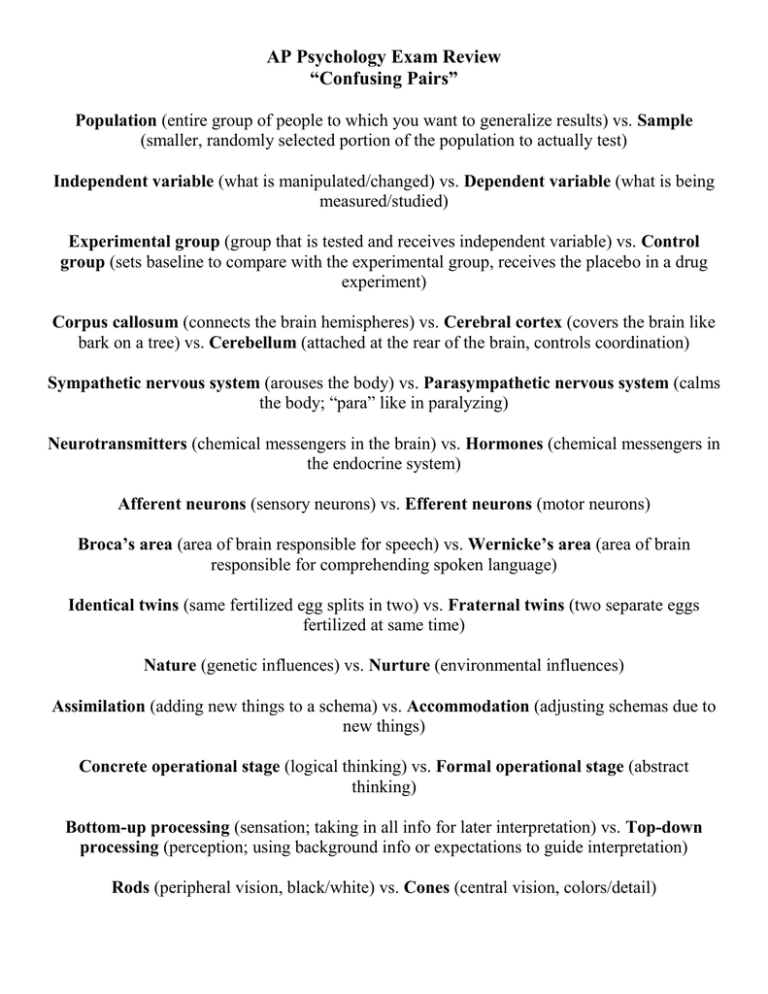
AP Psychology Exam Review “Confusing Pairs” Population (entire group of people to which you want to generalize results) vs. Sample (smaller, randomly selected portion of the population to actually test) Independent variable (what is manipulated/changed) vs. Dependent variable (what is being measured/studied) Experimental group (group that is tested and receives independent variable) vs. Control group (sets baseline to compare with the experimental group, receives the placebo in a drug experiment) Corpus callosum (connects the brain hemispheres) vs. Cerebral cortex (covers the brain like bark on a tree) vs. Cerebellum (attached at the rear of the brain, controls coordination) Sympathetic nervous system (arouses the body) vs. Parasympathetic nervous system (calms the body; “para” like in paralyzing) Neurotransmitters (chemical messengers in the brain) vs. Hormones (chemical messengers in the endocrine system) Afferent neurons (sensory neurons) vs. Efferent neurons (motor neurons) Broca’s area (area of brain responsible for speech) vs. Wernicke’s area (area of brain responsible for comprehending spoken language) Identical twins (same fertilized egg splits in two) vs. Fraternal twins (two separate eggs fertilized at same time) Nature (genetic influences) vs. Nurture (environmental influences) Assimilation (adding new things to a schema) vs. Accommodation (adjusting schemas due to new things) Concrete operational stage (logical thinking) vs. Formal operational stage (abstract thinking) Bottom-up processing (sensation; taking in all info for later interpretation) vs. Top-down processing (perception; using background info or expectations to guide interpretation) Rods (peripheral vision, black/white) vs. Cones (central vision, colors/detail) Classical conditioning (involuntary associations) vs. Operant conditioning (voluntary associations) Negative reinforcement (taking away an undesirable stimulus) vs. Punishment (positive – adding something undesirable; negative – taking away something desirable) Proactive interference (old info disrupts new info) vs. Retroactive interference (new info disrupts old info) Implicit memory (procedural memory of skills and procedures, in cerebellum) vs. Explicit memory (knowledge of facts/events, in the hippocampus) Recall (no retrieval cues; fill in the blank) vs. Recognition (retrieval cues; multiple choice) Validity (test measures what it’s designed to measure) vs. Reliability (test yields consistent results) Achievement test (what you’ve learned in the past) vs. Aptitude test (your potential in the future) Algorithms (step-by-step; slow but always right) vs. Heuristics (rule of thumb; fast but error prone) Representativeness heuristic (prototypes and stereotypes) vs. Availability heuristic (most readily available memories) Phonemes (smallest sound units of language) vs. Morphemes (smallest meaningful units of language) Fluid intelligence (problem solving; decreases with age) vs. Crystallized intelligence (acquired knowledge; builds with age) Intrinsic motivation (for personal satisfaction) vs. Extrinsic motivation (for rewards, avoid punishment) Type A (high stress) vs. Type B (low stress) Internal locus of control (you control your environment) vs. External locus of control (your environment controls you) DID (split in within a personality; dissociative disorder) vs. Schizophrenia (split from reality)

